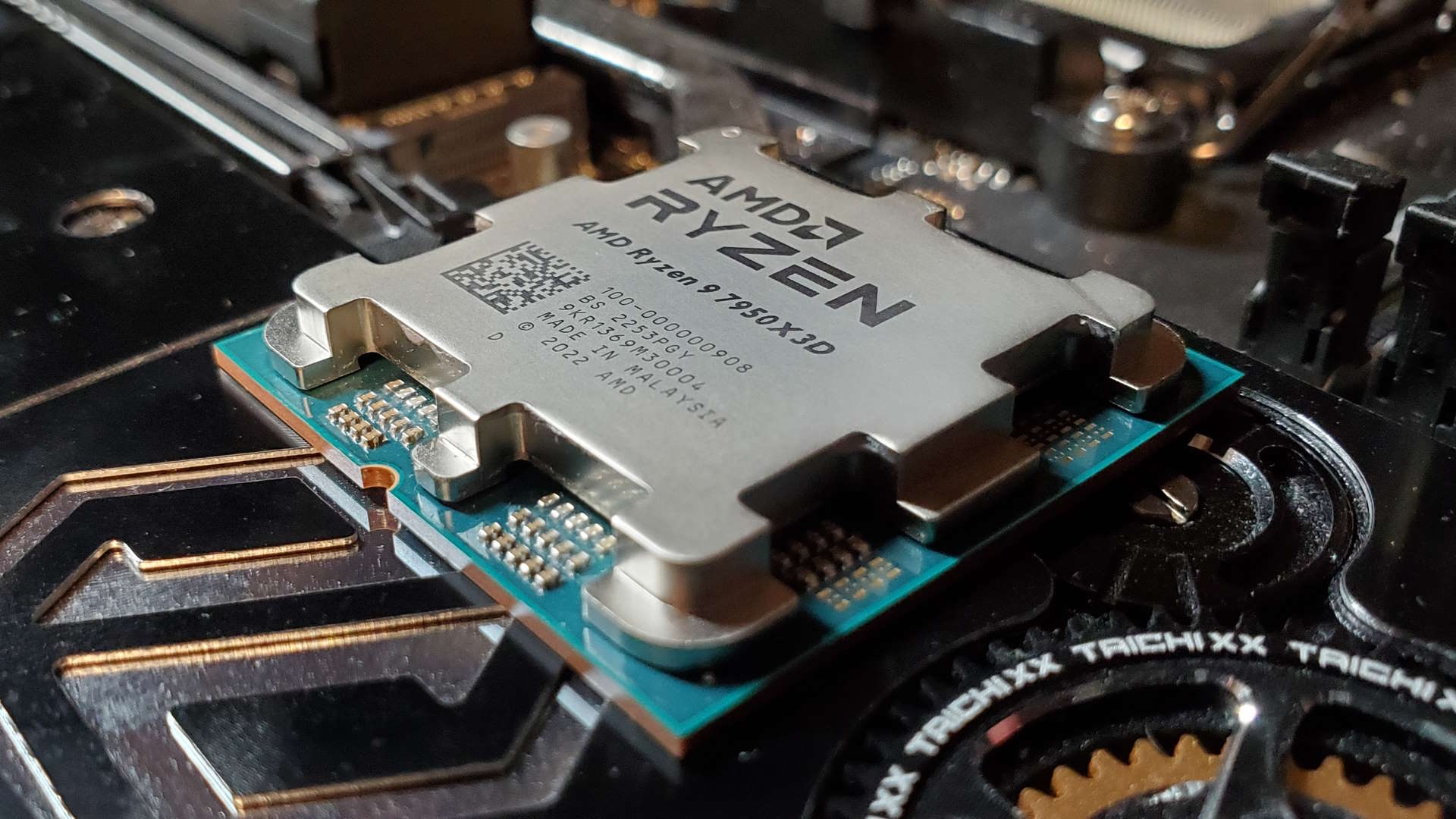
Not all reported SoC voltages are the same.
In light of reports that excessive SoC voltage has been linked to damage suffered by certain Ryzen 7000-series CPUs, motherboard manufacturers are pushing out BIOS updates and explanations, hoping to contain the fallout. Gigabyte released a statement, saying its motherboards are compliant with AMD’s 1.3V recommended limit (at least with the latest beta BIOS updates anyway).
In the statement, Gigabyte says: “Users can use HWiNFO software to accurately monitor the CPU internal SOC Voltage (SVI3 interface), which is indicated as ‘CPU VDDCR_SOC Voltage (SVI3 TFN)’ in HWiNFO. This value is reported by the internal sensor of the CPU to show the true voltage. Gigabyte uses HWiNFO to monitor the SOC Voltage on AM5 motherboards and it is under 1.3V, which is officially confirmed by AMD.”
Gigabyte released a video on YouTube as shown above. It shows the all important HWINFO SVI3 readout is under 1.3V at all times, while readouts with a voltage probe showed spikes of up to 1.35V. That’s well over the 1.3V safe limit stated by AMD.
The implication is that the SoC voltage read points on Gigabyte boards are not reading the SoC voltage actually being delivered to the CPU. The statement goes on to say, “PWM Output Voltage will be higher than the CPU internal SOC Voltage (SVI3 interface) due to various physical factors.”
That’s a surprise, as voltage read points are generally regarded as being more accurate than software readouts. Of course, that’s only going to be the case if the SoC read point is reading the right thing. In this case it’s obviously not.
(Image credit: Gigabyte)
(Image credit: Future)
Best CPU for gaming: The top chips from Intel and AMD
Best gaming motherboard: The right boards
Best graphics card: Your perfect pixel-pusher awaits
Best SSD for gaming: Get into the game ahead of the rest
The incorrect voltage measurements may be the source of some reports (such as this one from Gamers Nexus) claiming certain Asus motherboards were still applying SoC voltages above 1.3V, even after installing updated BIOS with limits in place.
We’ll have to wait and see if reports of damaged CPUs will taper off. Not everyone updates their motherboard’s BIOS and most won’t go anywhere near manual voltage controls.
But this is a special circumstance. If you’re reading this and use an AM5 motherboard, please update your BIOS, particularly if you’re running a Ryzen 7000-series X3D chip. If you don’t update, at least manually set your SoC voltage to a level under 1.3V to play it safe.






